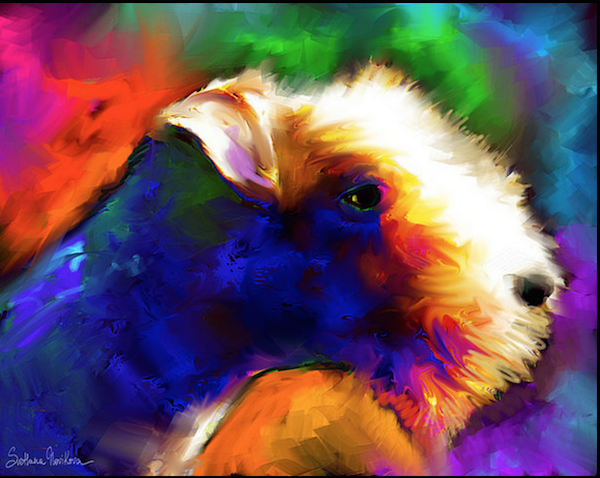
A bloke named Robert Bakewell developed Improved sheep breeds, but as we see it, his greatest impact was on how livestock was kept. Before Bakewell, cattle and sheep of both sexes were kept together in fields where they randomly bred. It was Bakewell who separated the males from female, allowing only selected animals to breed. By deliberately breeding livestock and selecting for desirable traits, Bakewell created new and “improved” breeds of sheep. It wasn’t long before his “selective breeding” of sheep was applied to other farm animals, and eventually into the world of dogs. Many of today’s breeds were either created or improved as a direct result of the selective breeding practices learned with cattle, sheep, chickens and pigeons.
It’s possible that the Lakeland Terrier may have been among the breeds impacted, a breed originally bred to hunt and kill foxes that preyed on sheep during the lambing season in Northern England’s Lake District. It was also
generally regarded as a farm dog that could be “broke to livestock.”Lakeland Terrier by Svetlana Novikova
www.svetlananovikova.com
www.Facebook.com/
www.Youtube.com/
